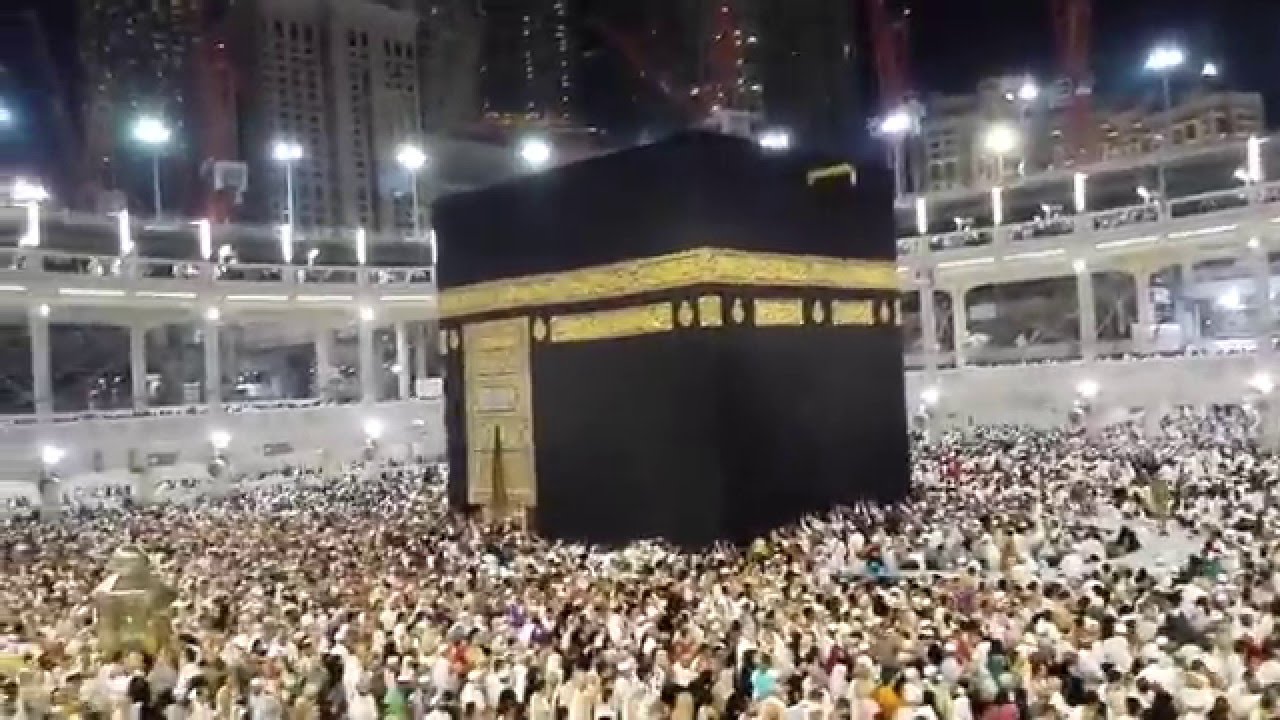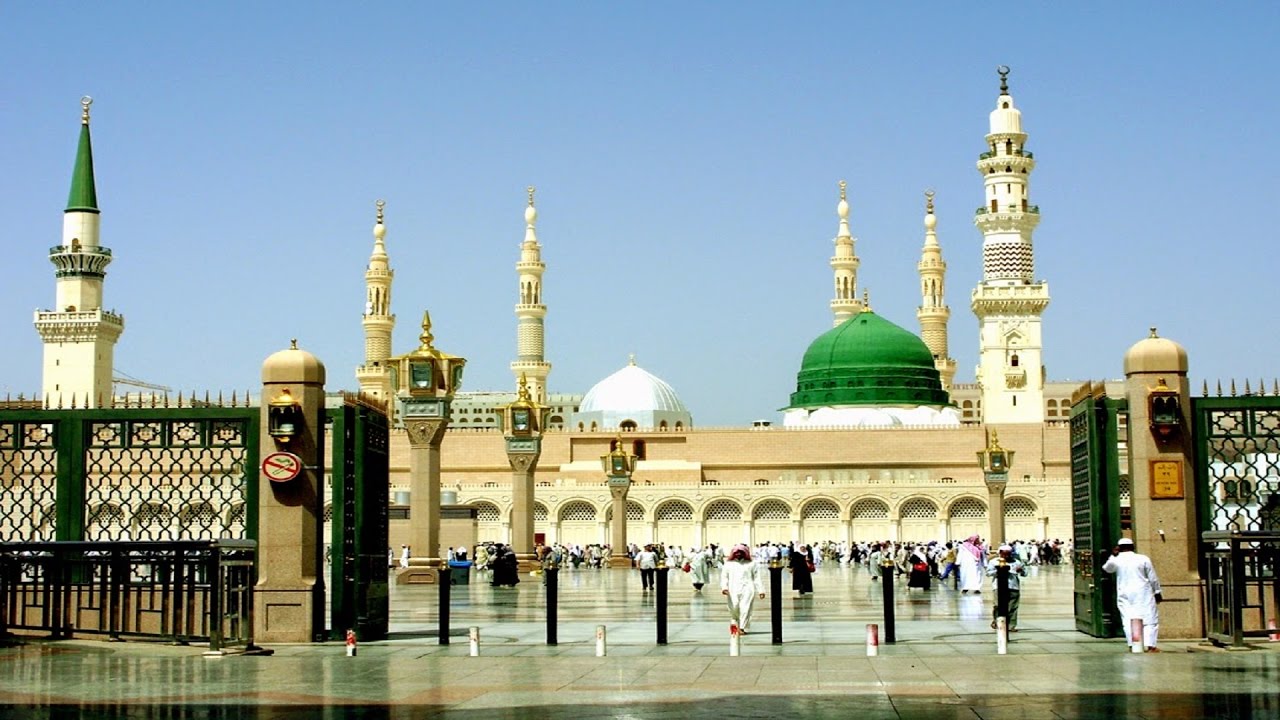Awliya-Grave Levelling Building
“Bismillahir Rahmannir Raheem”Al-Hamdu Lillaahi Rabbil ‘Aalameen was Salaatu was- Salaamu ‘Alaa Sayidinaa Muhammadin wa Aalihi wa Asabihi Ajma ‘een (tauheed- risalat- ahkirat and islam-iman-ihsan)
Grave leveling
Thumama b. Shafayy reported: When
we were with Fadala b. ‘Ubaid in the country of the Romans at a place (known
as) Rudis, a friend of ours died. Fadala b. ‘Ubaid ordered to prepare a grave
for him and then it was levelled; and then he said: I heard the Messenger of Allah
(ﷺ) commanding (us) to level the grave. (Sahih Muslim,
Book#004, Hadith#2114)
Abu’l-Hayyaj al-Asadi told that ‘Ali (b. Abu Talib) said to him: Should I not
send you on the same mission as Allah’s Messenger (ﷺ) sent me? Do not leave an image without obliterating it,
or a high grave without levelling It. This hadith has been reported by Habib
with the same chain of transmitters and he said: (Do not leave) a picture
without obliterating it. (Sahih Muslim, Book#004, Hadith#2115)
This has nothing to do with the graves of Muslims as this narration is regarding the idols and graves of the mushrikeen.
It does not make sense that the grave would be first elevated much high and then leveled back to the ground level.
So the grave was never a high
grave in the first place, then its clear that the levelling that took place was
not a levelling of a high grave, and thereby cannot be used as proof to call
for levelling of elevated graves.
Nor is the levelling of the grave being anyway referred to as, levelling with the ground.indicating that the upper surface of the grave should be levelled.
The Imams had differed based on
this as to whether the upper surface should be shaped as a mound(as reported in
other narrations) or whether it should be shaped by levelling it horizontally
with a flat upper surface, that gives the grave surface a rectangular shape.
understood as referring to “evenly” levelling or maintenance of
the mound on the grave and smoothening its surface, contrary to leaving the
grave unleveled and unkept with several bumps and holes. (levelled,
clean and maintained appearance)
Nor did anyone ever use this hadith to destroy or call for the destruction of
the structure that existed over the grave of the Prophet(ﷺ), despite there existing a house over the grave and
despite the masjid being expanded to include the grave during the time of the
pious salaf.
But some of the later scholars
have further explained that this issue of making space in public graveyards do
not apply to the Prophets or friends of Allah because their bodies do not
decay. Therefore, their graves will always be occupied and the issue of
vacating space do not apply to them.
Imam Nawawi relates in his Rawdat
Talibeen(Kitab al Wassiyat) that imarat(building) of the graves of the
ambiya,ulema and saliheen for the purpose of ziyarah and tabarruk is Jaiz.
While Ibn Hajr al Haythami in his
Tuhfa and Imam Ramli in Nihaya, similarily explains with regards to
wasiyyat, that it is a pious act to build a qubba or a mashhad over the grave
of ambiya, ulema and saliheen for purpose of facilitating ziyarah and tabarruk.
Jews and christians used to prostrate before graves of anbiya but quran says take the maqam e ibrahim as musalla(prayer place ) difference is we don’t make sajdah to the grave. Sajdah e ibadat is for Allah alone. Sajdah e tazeemi is also haraam.
When I want to talk to allah I say prayers and when I want that he talk to me I recite quran- Hazrath Ali(ra)
Make sure you forward this to others .


